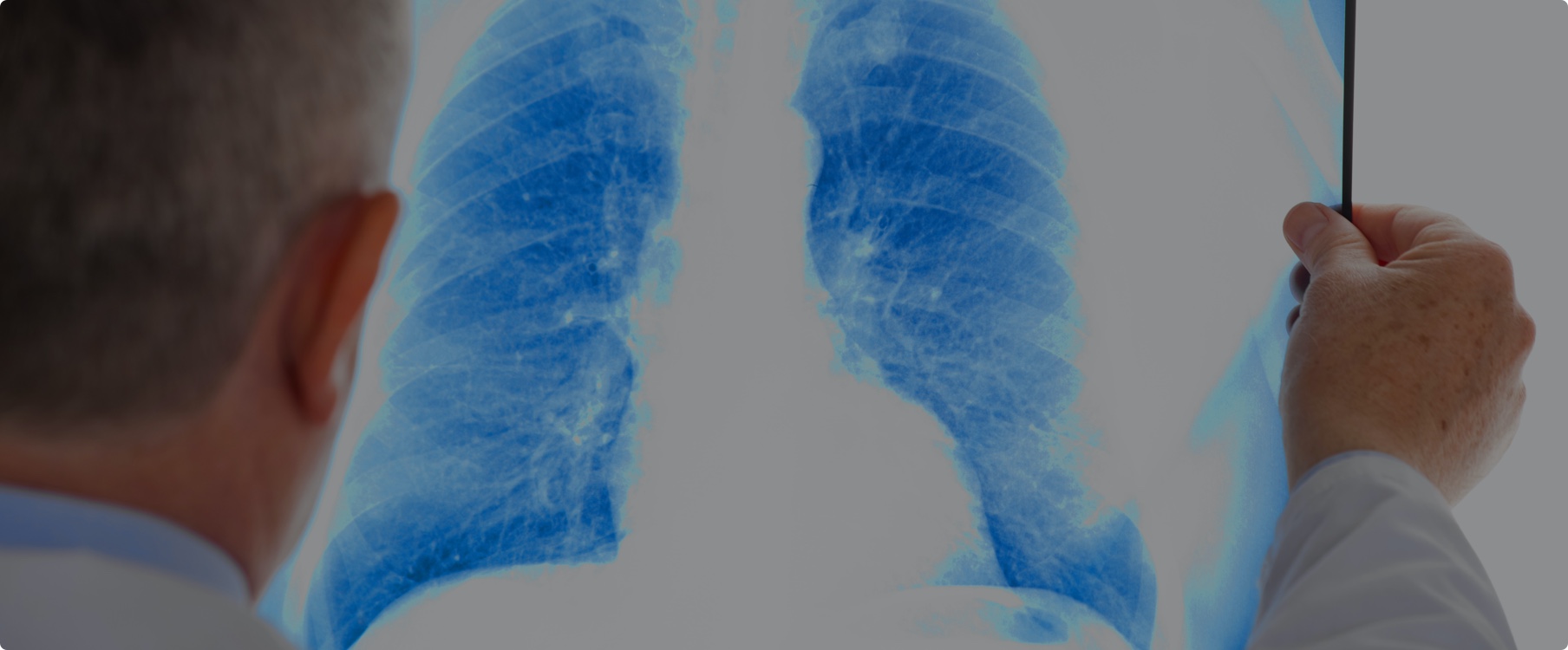Asbestos in Imported Paddlewheel Aerators for Aquaculture
Purpose
This safety alert provides information about the presence of asbestos in gaskets that are components of paddlewheel aerators, manufactured in China and India.
Figure 1: A paddlewheel aerator in use. Arrow indicates motor and gear reducer, under housing.
Figure 2: Motor and gear reducer.
Figure 3: Arrow indicates flange/gasket position.
Background
Paddlewheel aerators are used by land-based aquaculture industries as a means of oxygenating the water in which the livestock grow. During routine maintenance, an Australian end-user of a Chinese manufactured paddlewheel aerator identified the presence of asbestos within a gasket, common to a number of the machines. Following this occurrence, another importer of an identical Indian manufactured aerator also identified the presence of asbestos in the same (positioned) gasket component, although of different origin. The importers of both model aerators have initiated contact and lawful remediation of the affected gaskets in all machines supplied to Australian customers.
Product description
The affected (flat) gaskets are positioned in the flange between the main electric motor and the gear reducer (figures 2 and 3). The gaskets are not manufactured by the same organisations that manufacture the aerators, but are supplied by third party manufacturers, which are yet to be identified in either matter.
Figures 4 and 5: Chinese origin gasket with asbestos showing manufacturer markings.
Figure 6: Indian origin gasket with asbestos.
Asbestos in imported products
In Australia, the importation, manufacture, supply, sale and use or reuse of asbestos and asbestos-containing products is not permitted, except under very limited circumstances. However, some countries around the world continue to manufacture and supply asbestos and asbestos-containing products and materials. In addition, some supplier countries may classify goods with low levels of asbestos as ‘asbestos-free’ or ‘non-asbestos’. Sourcing apparent non-asbestos products from manufacturers that also make asbestos products is a risk for importers because under Australian law any level of asbestos is prohibited for import or use.
Risk control
Until known otherwise, operators of paddlewheel aerators made in China or India, or with any components made in these countries, should assume the machines include gaskets containing asbestos. Maintenance personnel in possession of gaskets with identical markings to those depicted above, or the identified machines, are advised not to undertake any activities that may disturb the structure of the gasket. They should contact the Australian supplier for clarification and seek the guidance of an asbestos professional.
Action Required
- Importers must ensure they do not import asbestos into Australia. They need to be aware of the varying definitions and standards applied in the country of origin and/or supply and ensure they receive adequate evidence of non-asbestos materials used by the manufacturer. A declaration of no asbestos from the overseas supplier, on its own, is not acceptable evidence.
- When a risk is identified at the border, the ABF will require assurance from the importer, in the form of documentary evidence, that the goods do not contain asbestos. A test report from a NATA accredited laboratory (or equivalent international laboratory) showing no detectable asbestos is the best form of assurance. If adequate assurance is not provided, importers will face delays and be responsible for costs incurred when the goods are held at the border for the purposes of sampling and testing. See the ABF website for further information.
- If a consumer wishes to dispose of equipment they believe may contain asbestos, they should take it to a licensed facility that handles hazardous waste. Further information on the disposal of asbestos waste may be obtained from local government authorities, the relevant environmental protection authority or waste disposal authority in your state or territory.
Where do I get advice?
If unsure what to do, contact your State/Territory/Commonwealth WHS regulator:
|
Jurisdiction |
Regulator |
Contact Details |
Website |
|
Commonwealth |
Comcare |
1300 366 979 |
|
|
QLD |
Workplace Health and Safety Qld |
1300 362 128 |
|
|
QLD |
QLD Gov Asbestos page |
13 74 68 |
|
|
ACT |
WorkSafe ACT |
02 6207 3000 |
|
|
ACT |
ACT Gov Asbestos page |
13 22 81 |
|
|
NSW |
Safework NSW |
13 10 50 |
|
|
NSW |
NSW Gov Asbestos page |
13 10 50 |
|
|
NT |
Worksafe NT |
1800 019 115 |
|
|
NT |
NT Gov Asbestos page |
1800 019 115 |
|
|
SA |
SafeWork SA |
1300 365 255 |
|
|
SA |
SA Gov Asbestos page |
1300 365 255 |
|
|
TAS |
Worksafe TAS |
1300 366 322 |
|
|
VIC |
Worksafe VIC |
1800 136 089 |
|
|
VIC |
Vic Gov Asbestos page |
1800 136 089 |
|
|
WA |
WorkSafe WA |
1300 307 877 |
|
|
NZ |
WorkSafe NZ |
+64 0800 030 040 |
This Alert has been developed by the Heads of Workplace Safety Authorities (HWSA) Imported Materials with Asbestos Working Group, whose membership comprises representatives from: Australian Border Force, Asbestos Safety and Eradication Agency, Attorney General’s Department, Australian Competition & Consumer Commission, New Zealand Customs Service, Comcare, Safe Work Australia, SafeWork NSW, SafeWork SA, NT WorkSafe, Workplace Health and Safety Queensland, WorkSafe ACT, WorkSafe Tasmania, WorkSafe Victoria and WorkSafe WA, WorkSafe NZ.


